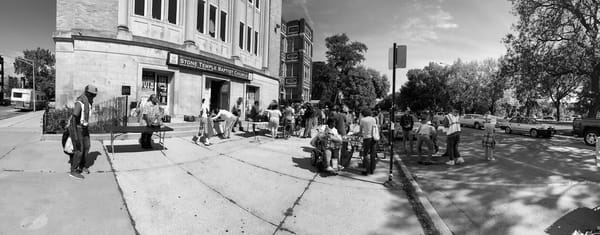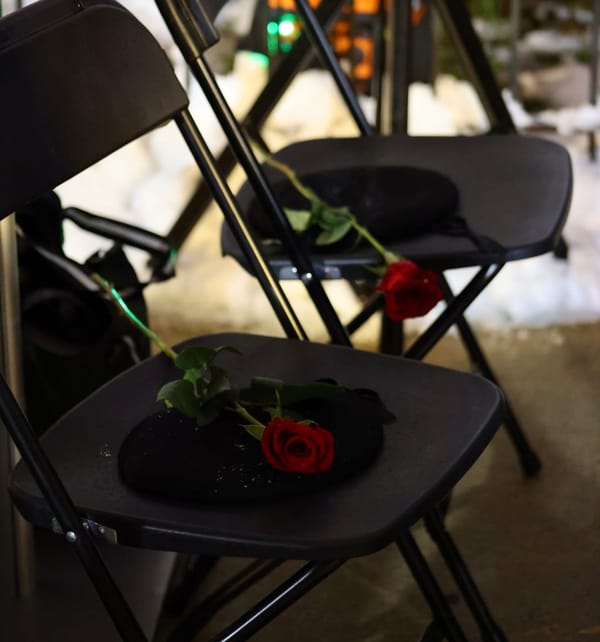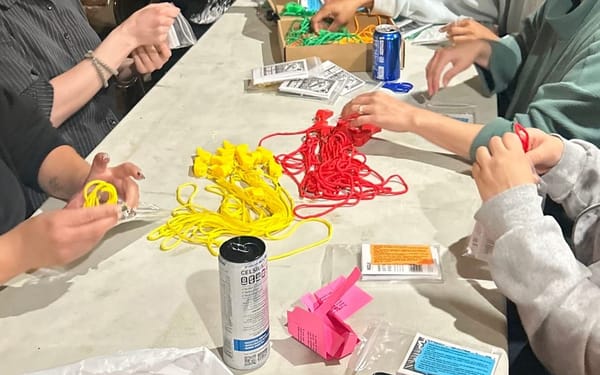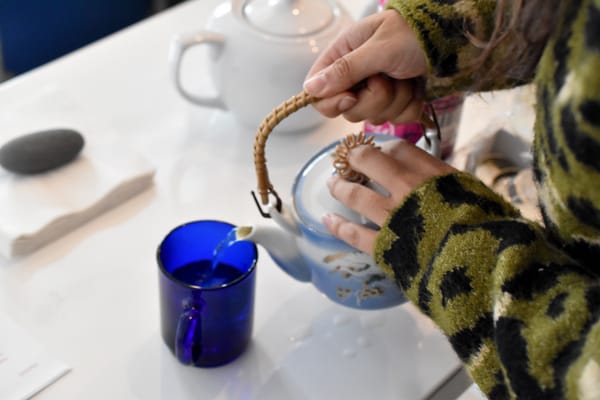We Were Here
In the first of three parts, a photo essay explores how Chicago's West Side communities insist on presence and dignity in the face of displacement, revealing the persistence of life where others see only absence.

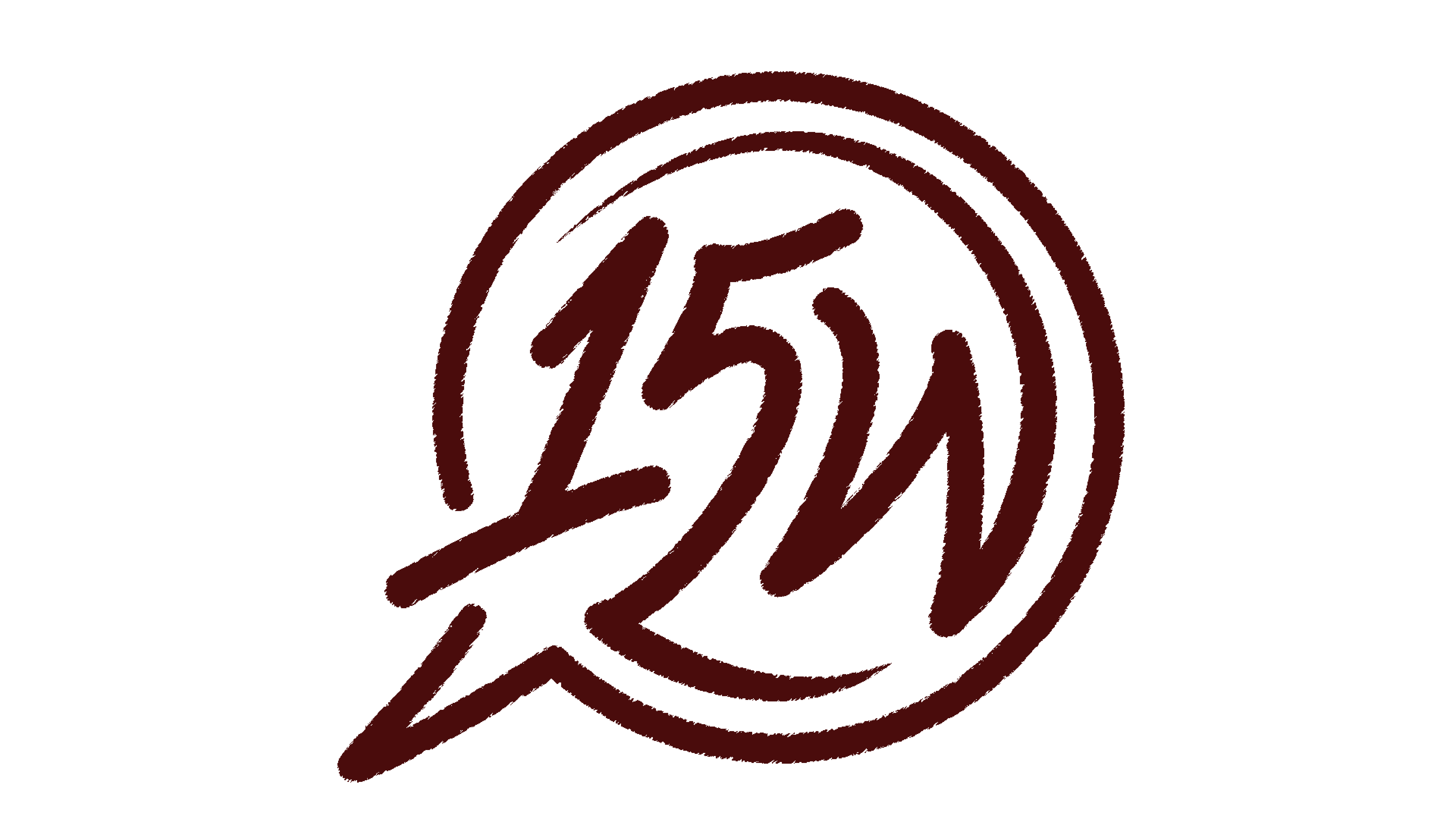
In the first of three parts, a photo essay explores how Chicago's West Side communities insist on presence and dignity in the face of displacement, revealing the persistence of life where others see only absence.

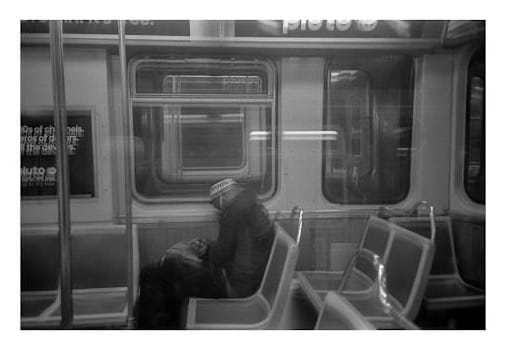
“Doors closing.”
That sound still echoes in my ears.
For most, it’s just a transit announcement, a background detail in the daily rhythm of Chicago. But for me, it became a memory, nights when I had no place to stay and rode trains for warmth, moving in circles as the city slept. On those trains, I learned what it meant to be displaced: to carry everything you own in a bag, to move constantly and still feel like you belong nowhere.
This work begins with that memory but extends far beyond me. It belongs to the people and places of Chicago’s West Side, North Lawndale, Austin, and beyond. Here, systemic neglect is written into the very landscape. Vacant lots stretch for blocks. Boarded-up houses sit in silence. Schools close while liquor stores multiply. And within this environment, displacement takes many shapes: an eviction notice slipped under a door, a family crowded into one apartment, a tent pitched under a viaduct.
Yet what these images and stories insist on is presence. The people in these photographs are not statistics or shadows. They are mothers protecting their children, men piecing together day labor, friends sharing food, neighbors checking in on one another.
My lens is one way of remembering and affirming: I see you. We were here.
Displacement is often described only through the absence of housing, of resources, of security. But when I look through the viewfinder, I see something else: the persistence of life.
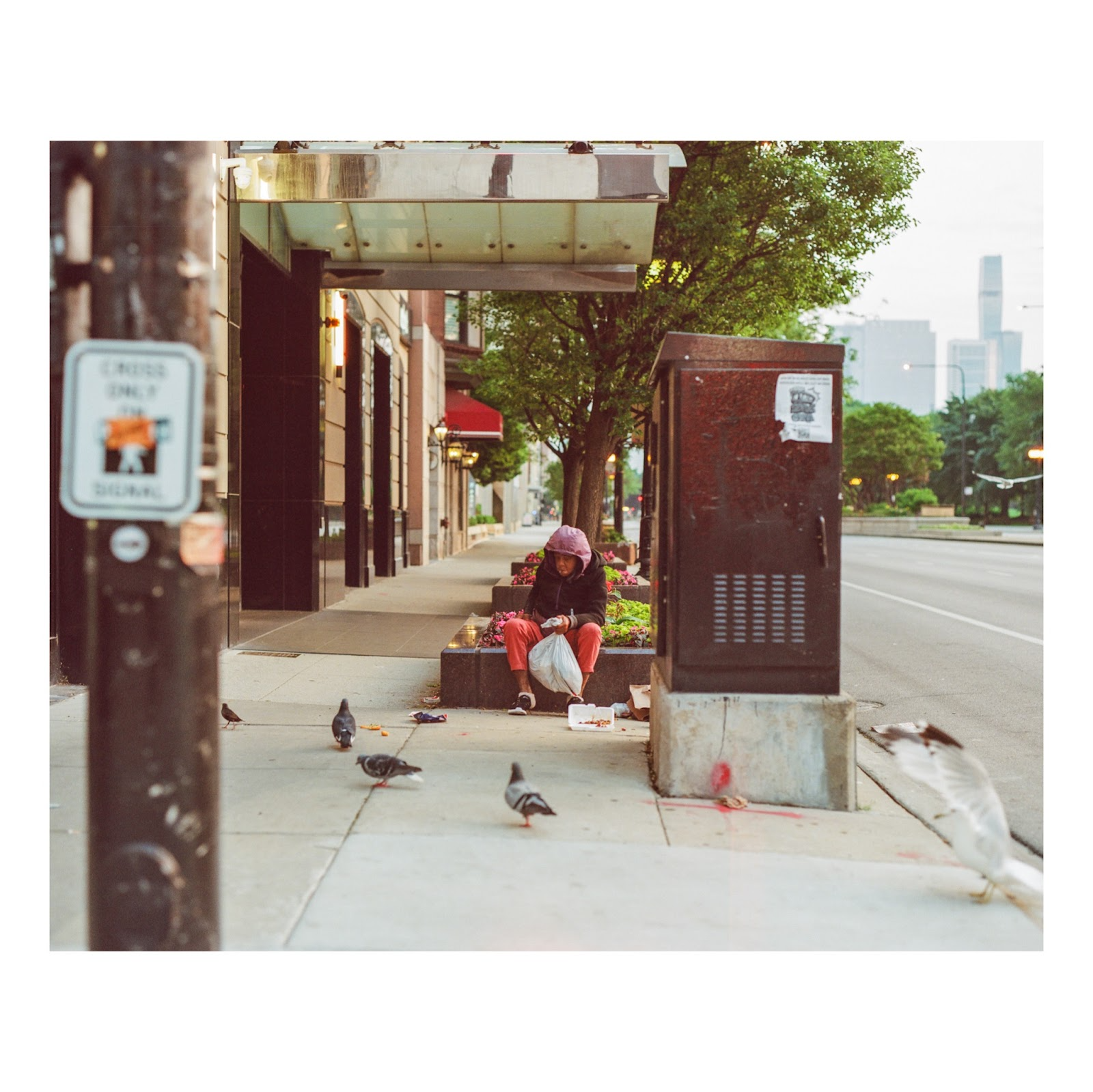
The photographs reveal cracked hands tying shoelaces before a long day of work, a mother's arms as she zips her child into a coat against the wind, laughter exchanged outside a shelter, smoke curling from a shared cigarette. These are not small details; they are portraits of dignity. They remind us that even in instability, people build routines, care for one another, and insist on joy.
At the same time, I witness the networks of care that hold communities together when systems fail. On the West Side, survival is not an individual act; it is collective. Outreach workers in vans distribute hygiene kits and medical supplies. Churches open their doors to host meals or offer a safe space. Community centers transform into hubs where neighbors organize food drives, legal aid clinics, and youth programs. Shelters offer not just beds, but recognition that people matter. These acts may not make the evening news, but they are lifelines.
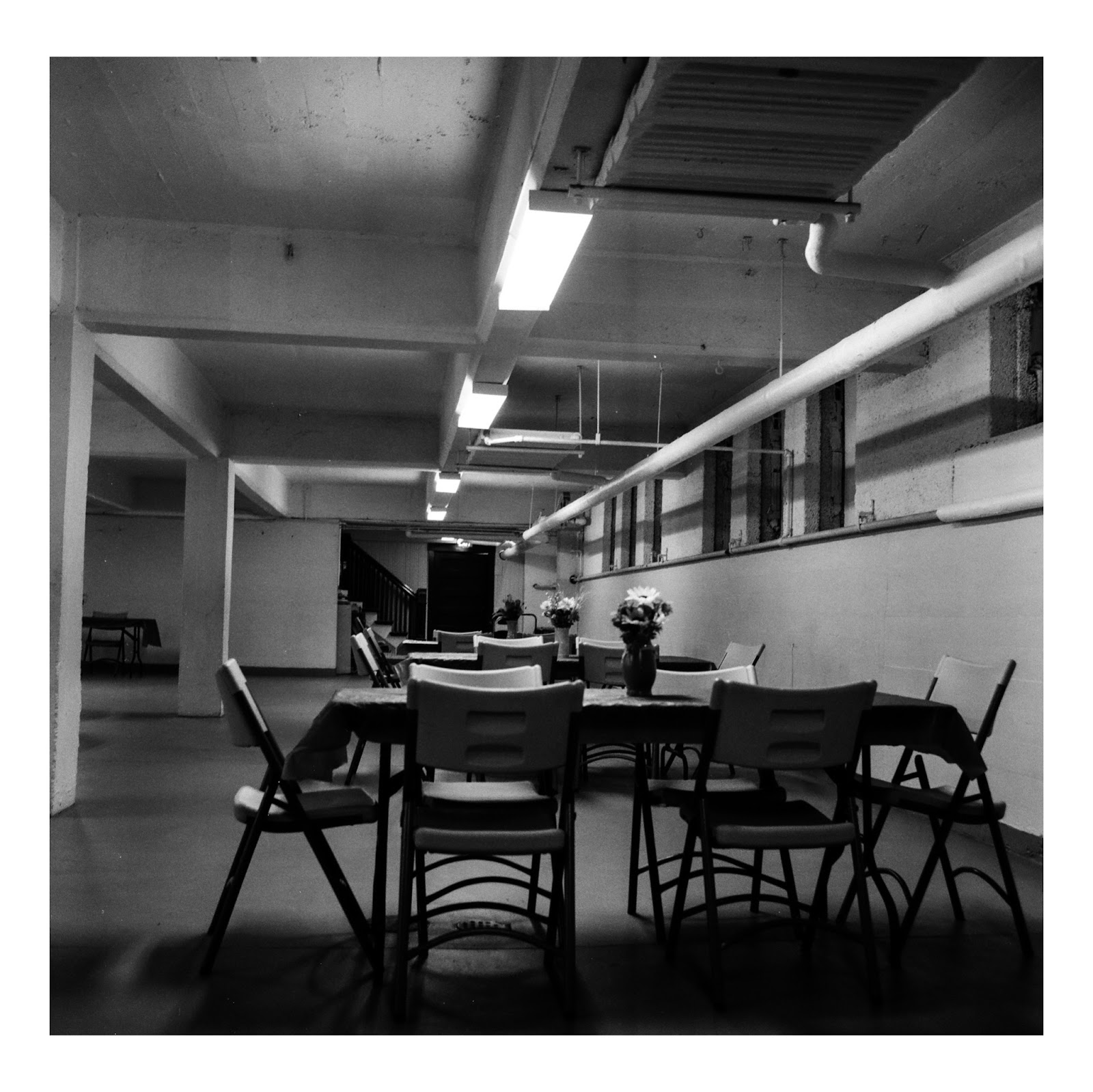
I have witnessed the community prepare sandwiches and pass them out to those in need. These gestures may seem small, but they ripple outward, creating connections that defy the logic of scarcity. They are not acts of charity; they are acts of solidarity, rooted in the belief that we take care of ourselves. Documenting these moments is essential because they reveal not just struggle, but resilience. They remind us that where institutions have abandoned, people create their own forms of care and belonging.
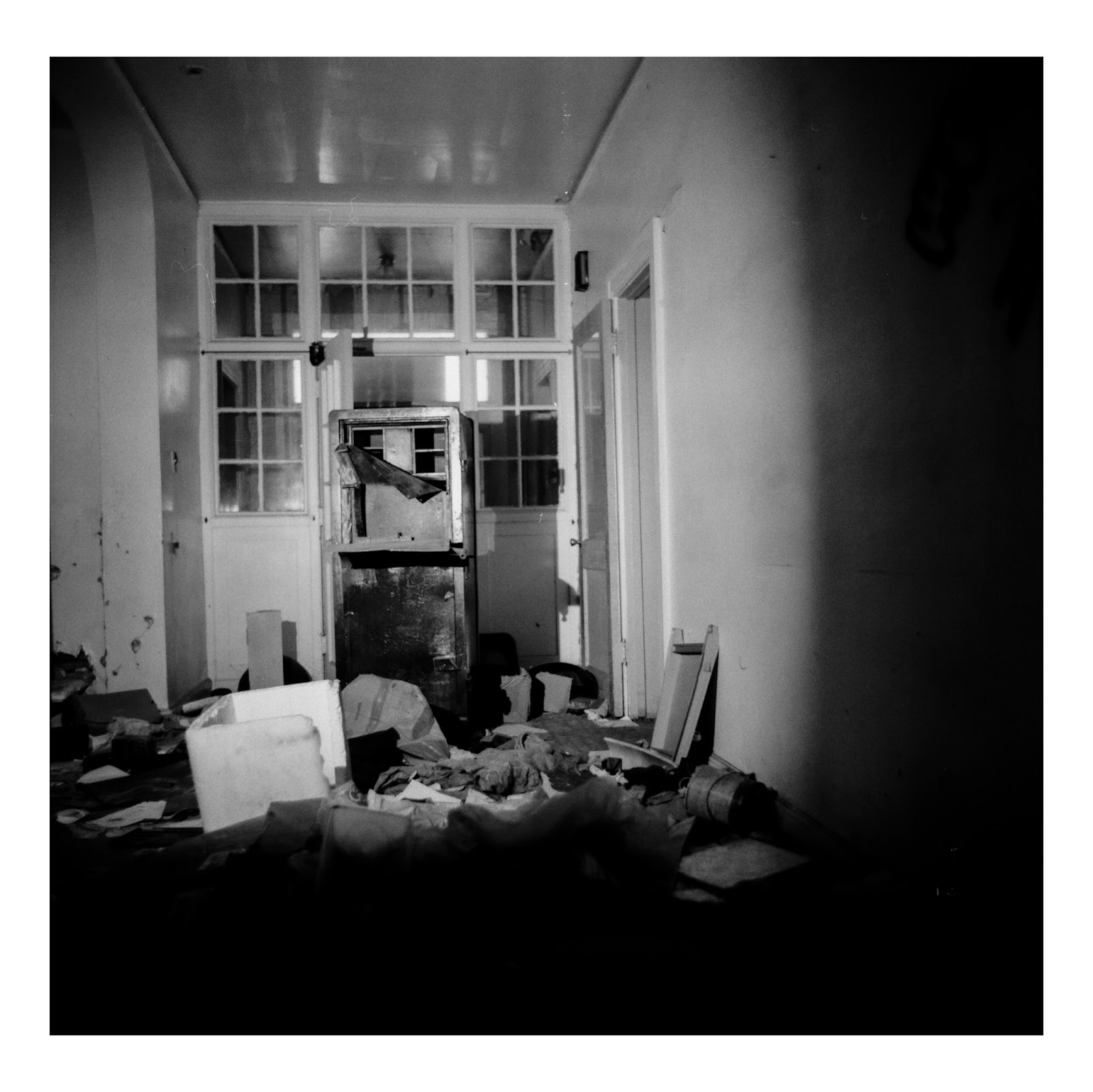
Too often, the West Side is reduced to stereotypes: crime statistics, poverty rates, headlines that strip neighborhoods of nuance. What I aim to capture in my photographs is the deeper reality of a community that refuses erasure. Resistance takes many forms: a grassroots meeting buzzing with voices, a mural proclaiming pride, a protest sign declaring Housing is a Human Right.
Sometimes resistance is quieter: a gaze into the camera that says, I am here, I matter.
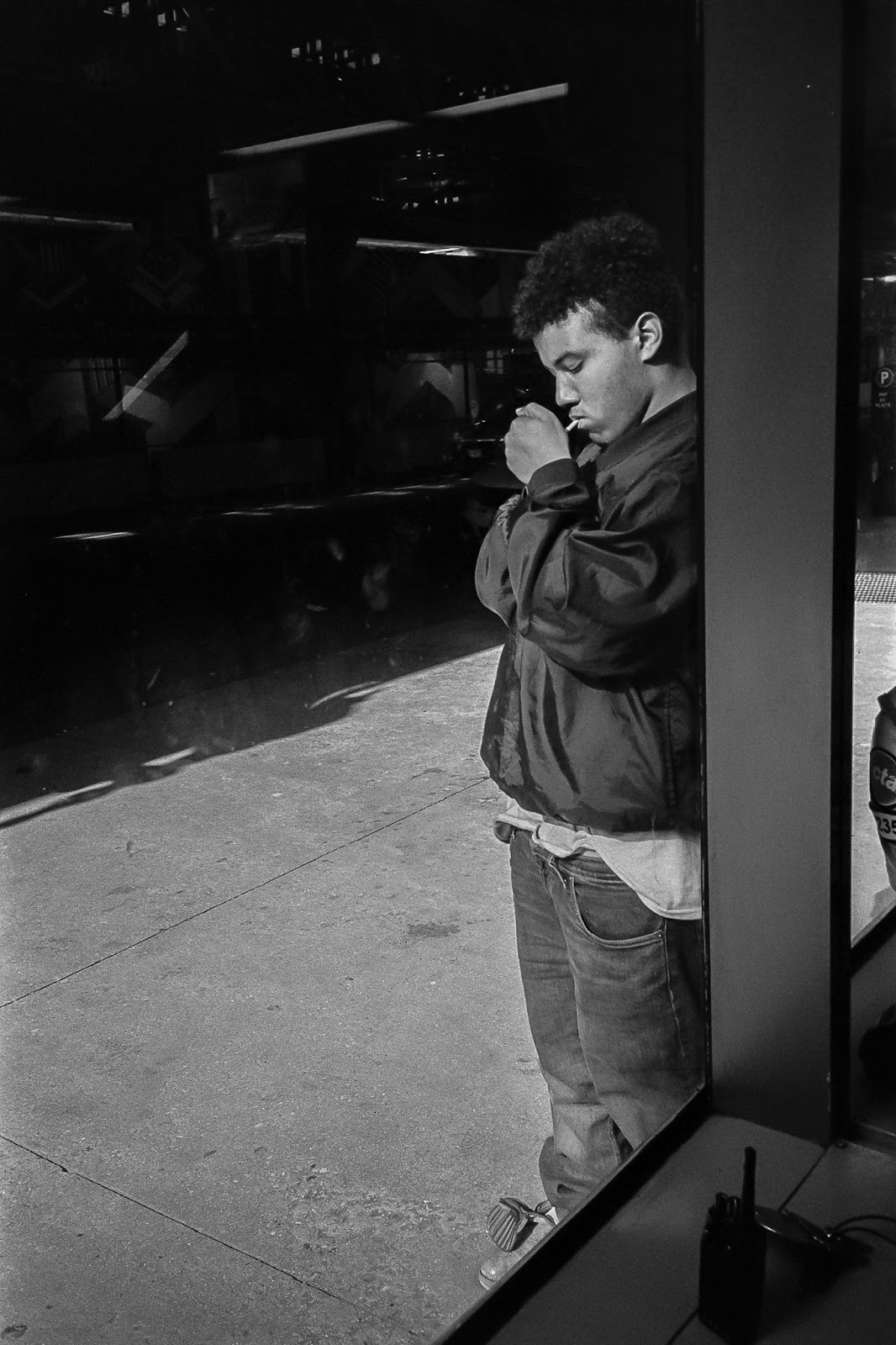
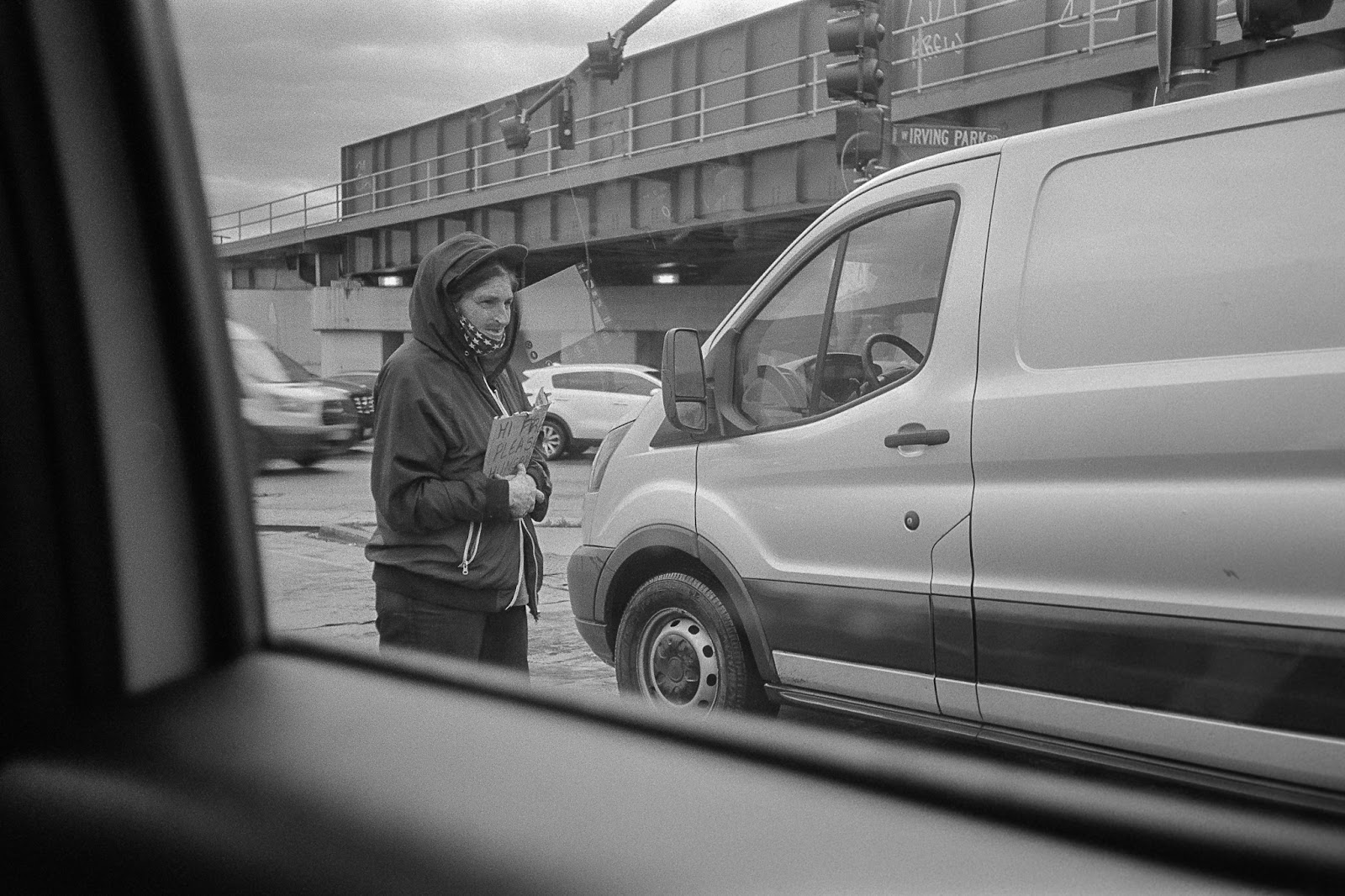
This photo essay, We Were Here, is my way of insisting that presence be recognized. It marks the first step in a larger body of work to visually document displacement, resilience, and care across Chicago. Each image asks viewers to slow down, to see what is too often ignored, and to reflect on their own role in the city’s fabric. What does it mean to belong? Who is excluded from that right? How do we move toward a Chicago where housing is not a privilege for some, but a guarantee for all?
The sound of “Doors closing” will always linger in me, but its meaning has shifted. It no longer signifies only isolation or loss. Now, it also signals the possibility of opening the chance to step into another space, to begin again, to imagine a future where everyone has a place to rest. Through memory, portrait, and testimony, I am building a record that says clearly: those who are displaced are not invisible. They are not disposable. They are part of this city, and they will not be forgotten.
We were here.
We are here.
And this is only the beginning.
Part two will continue this story, turning the lens toward the networks of care and community that rise in the face of displacement.
